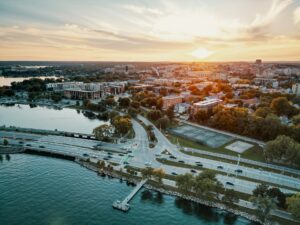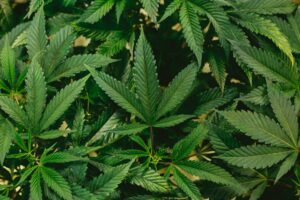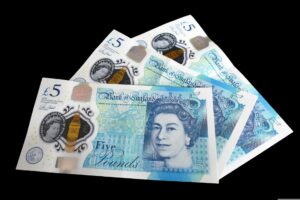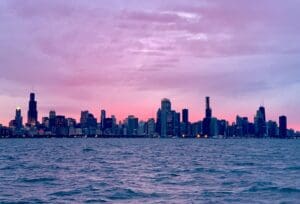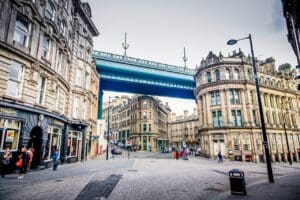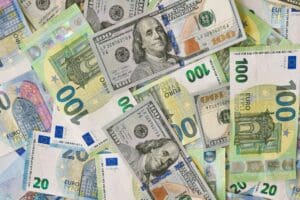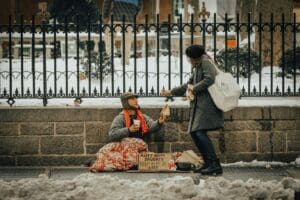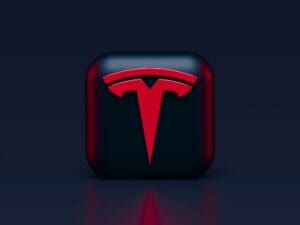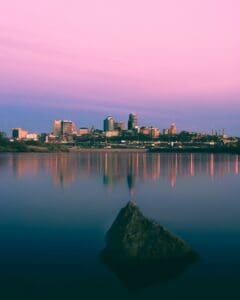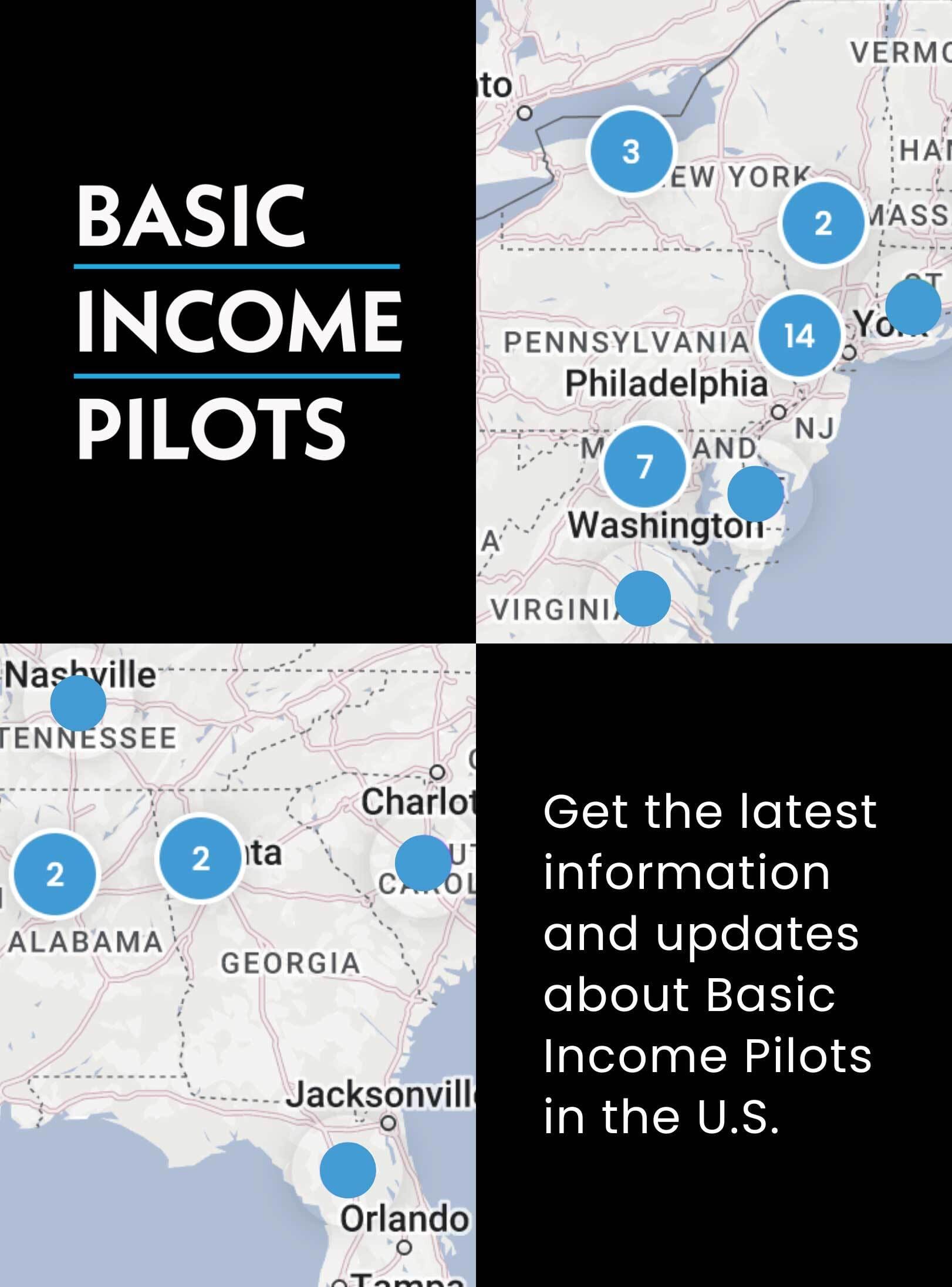Gyms, restaurants, and movie theaters are all reeling for the very same reason
By: James Surowiecki
On July 11, the American economy hit a key milestone in its recovery from the coronavirus: the Magic Kingdom at Walt Disney World reopened. The world’s most popular theme park had been shuttered since March 16, and the expectation was that Disney lovers from across the U.S., frustrated after months indoors, would flock to Orlando. And in the weeks leading up to the reopening, Disney had more than enough reservations to fill the park to its new, limited capacity. But as reopening day approached, the number of Covid-19 cases in Florida began to rise, and in response people started doing something Disney visitors almost never do: cancelling their reservations. In the three months that have followed, customer traffic has stayed well below where Disney hoped it would be. The portion of visitors who are from out-of-state, who are the park’s most lucrative customers, has dropped below 50%. In September, Disney reduced opening hours at all its parks, and in early October, it said it would be laying off 28,000 workers.
Disney hasn’t been alone. Theme parks were allowed to open back up in most of this country this summer, and initially believed that pent-up demand would translate into a resurgence in traffic. Instead, attendance has been well below expectations — at Six Flags, for instance, it’s been around 25%–30% of capacity — and not by choice. Because of this, some park operators, like Hersheypark, have cut back hours, while others, like Cedar Fair, are just keeping some of their parks closed for the year. There’s no secret about why. As Six Flags CEO Michael Spanos said in a conference call with analysts: “What customers are telling us is when they see a flattening of the curve, they want to get out. We also see a chunk of guests that are saying that when they’re comfortable with the vaccine, they want to get out.”
As lockdowns have been lifted in most of the country and businesses have been able to reopen, that supply shock has waned, only for a new problem to emerge: weak demand.
What Spanos was describing is the new reality now facing entire clusters of American businesses — restaurants, movie theaters, airlines, gyms — and the economy more generally:
Consumer anxiety over the continued spread of the pandemic is holding back the recovery by making it impossible to get back to business as usual.
In the spring, the economy was crushed in large part by the lockdowns and restrictions imposed by states, which created what economists call a supply shock: businesses literally could not supply goods and services, because they were shut down.
But as lockdowns have been lifted in most of the country and businesses have been able to reopen, that supply shock has waned, only for a new problem to emerge: weak demand. In other words, a supply shock has been replaced by a shock to demand.
Some of the weakness in demand is because we’re on the verge of a classic recessionary cycle: Since the stimulus payments to unemployed workers ended in July, people either have less money to spend or are worried about spending it, which means businesses have less revenue, which makes them cut back on hiring and investment, which means less spending.
Scott Santens
Half a dozen gym chains have filed for bankruptcy in recent months, including 24 Hour Fitness, the owner of New York Sports Club, and Gold’s Gym, with many of them permanently shuttering a majority of their locations.
But what makes this demand shock exceptional is that the U.S. still has 40,000 to 50,000 new Covid-19 cases and 600 to 700 deaths every day, and as a result lots of Americans are still leery of doing normal, not particularly indulgent things like eating out, going to the gym, or going to the movies. A recent survey by research firm Datassentials, for instance, found that 58% of those surveyed described themselves as “uncomfortable” with dining indoors, and 36% described themselves as “very uncomfortable.”
Not surprisingly, then, no matter how creative restaurants get, traffic is still down sharply in most places, and 2.5 million restaurant workers who lost their jobs in April remain unemployed. Similarly, gyms have been open in most states for months now.
But a recent survey of 5,000 gym-goers by RunRepeat found that 70% haven’t returned and 43% said they had no plans to go back.
Half a dozen gym chains have filed for bankruptcy in recent months, including 24 Hour Fitness, the owner of New York Sports Club, and Gold’s Gym, with many of them permanently shuttering a majority of their locations.
Or take movie theaters. By September, theaters were open in 44 of 50 states, and Warner Bros. decided to go ahead with plans to release Christopher Nolan’s Tenet, which had been one of the most highly-anticipated films of the year even before the pandemic hit. Even though theaters in New York City and Los Angeles remained closed, Tenet opened on almost 3,000 screens across the country. But even as Tenet did big box-office numbers overseas in countries where the virus has been contained, it made just $9.4 million on its opening weekend, despite facing essentially no competition. The hope had been that Tenet would prove people were ready to go back to the movies. Instead, it proved most weren’t. Hollywood studios concluded there was no point in trying to release big films for the rest of the year, and pulled their tentpole films from the fall schedule. And thanks to the combination of consumer anxiety and the lack of new content, Cineworld, owners of Regal Cinemas, shut down all 536 of its theaters in the U.S., while AMC, the largest U.S. theater chain, says it could run out of cash by the end of the year.
This shouldn’t be a revelation. In fact, myriad studies have now shown that in the early days of the pandemic, people began voluntarily socially distancing and avoiding places they perceived as risky even before lockdowns were put in place. And if you go further back in history, during the 1918 Spanish flu pandemic, businesses stayed open in most cities, yet economic activity still fell sharply, and contemporary accounts suggest that the economy only started to rebound when people became less afraid of catching the flu.
The point is that lifting stay-at-home orders and opening restaurants isn’t enough: Until consumers feel safe, they’re going to stay away.
In the wake of the spring lockdowns, a popular narrative emerged that the only thing holding back the U.S. economy were busybody government officials who insisted on keeping stuff shut down. And, to be sure, government-imposed restrictions are still playing a role in holding back the economy, particularly in states like California — which has yet to allow Disneyland, or movie theaters, to open. But what the experience of restaurants and gyms and theme parks is telling us is that the problem now isn’t lockdowns. It’s something more basic: justifiable fear.
_________________________________________
About the author: James Surowiecki is the author of The Wisdom of Crowds. He has been a business columnist for Slate and The New Yorker and written for a wide range of other publications.



